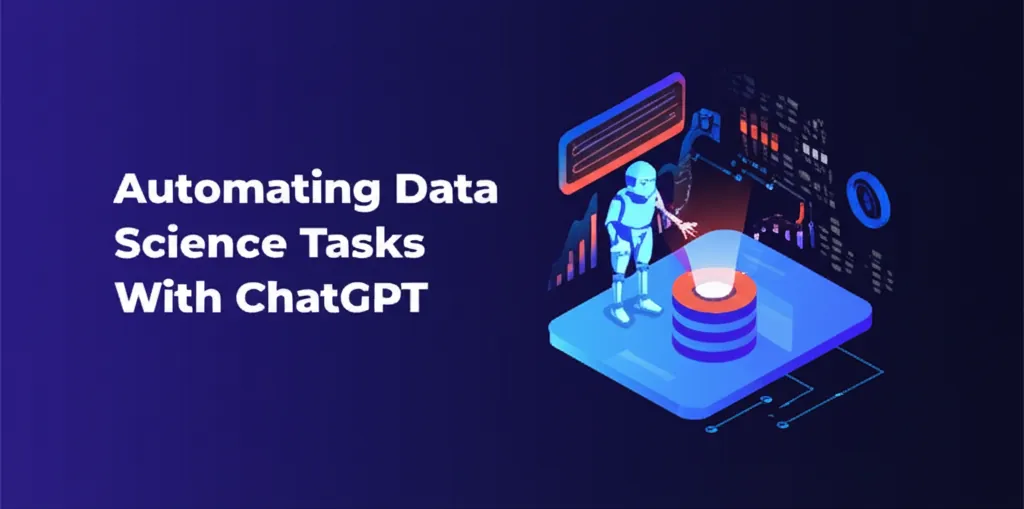Qwen Image Aims to Master Text in AI Generated Art

Fresh off a series of successful open-source language models, Alibaba's renowned "Qwen Team" of AI researchers is making waves again with the release of a powerful new AI image generator: Qwen-Image. This new model is also open-source and aims to tackle one of the most persistent challenges in AI art: rendering text accurately within visuals.
Solving the Text-in-Image Problem
Qwen-Image sets itself apart in the competitive landscape of generative AI by focusing on high-fidelity text rendering. It supports both alphabetic and logographic scripts, demonstrating a particular talent for handling complex typography, multi-line layouts, and even bilingual content mixing English and Chinese. This capability unlocks the potential to create a wide range of detailed visuals where text is not just an afterthought but an integral part of the image.
Practical Applications and Use Cases
The model's ability to seamlessly integrate text opens up numerous real-world applications:
- Marketing & Branding: Generate bilingual posters, create stylish calligraphy, and design promotional materials with consistent branding.
- Presentation Design: Create layout-aware slides with clear title hierarchies and visuals that match the theme.
- Education: Develop classroom materials that feature diagrams with precise, readable instructional text.
- Retail & E-commerce: Design storefront scenes where product labels, signs, and other text elements are sharp and legible.
- Creative Content: Produce everything from handwritten poetry to anime-style illustrations with embedded story text.
You can experiment with the model on the Qwen Chat website by choosing the “Image Generation” mode.

A Reality Check: Performance in Practice
Despite the impressive claims, initial hands-on testing revealed that Qwen-Image might not yet outperform established players like Midjourney. In a brief test session, the model produced several images with errors in text fidelity and prompt comprehension, even after multiple attempts with rephrased prompts.


However, a key advantage remains: while Midjourney's free tier is limited, Qwen-Image's open-source license means it can be adopted and used extensively by anyone, free of charge.
Open Source Licensing and Commercial Use
Qwen-Image is available under the permissive Apache 2.0 license, which allows for commercial use, redistribution, and modification. This makes it an appealing choice for businesses looking to integrate an image generation tool for creating marketing collateral, internal communications, and more.
However, a significant consideration for enterprises is that the model’s training data is a closely held secret. Unlike services such as Adobe Firefly or OpenAI’s DALL-E 3, the Qwen Team does not offer legal indemnification. This means businesses using the generated images commercially bear the full risk of potential copyright infringement lawsuits.
The model and its associated resources are available across several platforms:
Under the Hood: Training and Architecture
According to the technical paper, Qwen-Image's strength comes from a sophisticated training process that includes progressive learning and meticulous data curation. The training data consists of billions of image-text pairs from four main categories: nature (~55%), design (~27%), people (~13%), and synthetic text data (~5%). The team notes that all synthetic data was generated in-house, but the source of the broader dataset remains undisclosed.
The model's architecture integrates three core modules: the Qwen2.5-VL multimodal language model, a specialized VAE Encoder/Decoder for handling detailed visuals, and the MMDiT diffusion model backbone.
Benchmark Performance and Rankings
On public benchmarks, Qwen-Image performs exceptionally well, often matching or exceeding proprietary models like GPT Image 1 and Seedream 3.0. It shows particularly strong results in Chinese text rendering. On the human-rated AI Arena leaderboard, Qwen-Image currently holds the rank of the top open-source model.
What This Means for Enterprise AI Teams
For enterprise technical leaders, Qwen-Image presents a compelling package. Its open-source nature reduces costs, and its modular architecture allows for easier fine-tuning on custom datasets. Engineers will appreciate its scalable design, which is ready for deployment in robust cloud environments. Furthermore, its ability to generate high-quality synthetic data with embedded text can be a powerful tool for training other computer vision models for tasks like OCR or object detection.
A Call for Community Collaboration
The Qwen Team has released the model with a strong emphasis on community collaboration. They encourage developers to test, fine-tune, and contribute to the project's evolution. As the community provides feedback, future iterations of Qwen-Image are expected to become even more powerful and refined.


